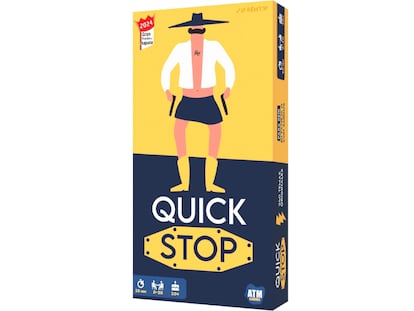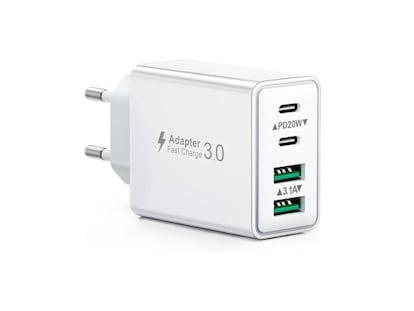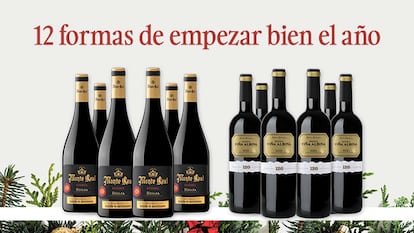Surviving the deep freeze. Can plants help us make better bone grafts?
The challenge came from the Director of the Bone Bank at the University Hospital of Coimbra in Portugal. "Can you find a way of making the cartilage cells in bone grafts survive deep freezing?" The question was interesting, but we needed to understand the problem in more detail.
We found that bone banks use osteochondral grafts - pieces of bone covered with the cartilage layer that makes up the articulating surface of bone extremities - that can be collected from multi-organ donors (allografts) or, in certain circumstances, from the patient himself (autografts). Allografts are used to repair cartilage or bone extremities that have been damaged by trauma, degenerative and tumour diseases, or infections. Osteochondral allografts are carved from whole bones and are either transplanted fresh or cryopreserved by deep freezing for later transplantation. Cryopreserved allografts have the advantages of enabling size-matching of the allograft and the recipient, screening of infectious diseases of the donor, and quarantine of the allografts, and all of these are mandatory for safe transplantation. The resulting relaxation of time constraints also eases transportation of tissues to distant locations. The clinical outcome of cryopreserved versus fresh osteochondral allografts is poor, however, leading to a variable graft failure rate of 10-50%. Efficacy of the grafts seems to be proportional to their content of living chondrocytes, the cartilage cells. Just like bone cells, chondrocytes do not survive freezing/thawing, but unlike those, chondrocytes in the transplanted osteochondral allografts are not replaced by cells from the host. Since chondrocytes are essential to maintain cartilage integrity, any injury that kills even a small number can have severe consequences. The problem underlying the question of the Bone Bank Director was becoming clearer.
The next step was obvious: had the usual cryoprotective agents (CPA), such as glycerol and dimethyl sulfoxide (DMSO), been tested in osteochondral allografts? Were they effective? Several reports indicated that both compounds effectively protect chondrocytes removed from the articular cartilage from the damaging effects of freezing/thawing, but are almost worthless when used to freeze intact human articular cartilage. A major obstacle is the cytotoxicity of those CPA, which limits the duration, temperature of exposure, and range of concentrations usable. The need for less toxic, more effective CPA became obvious.
Where to find such an agent? We looked at compounds extracted from organisms naturally resistant to drought and cold. One such is arbutin, a compound extremely abundant in several frost- and drought-resistant plants, where it can account for as much as 25% of the leaves' dry weight. Arbutin had been shown to protect isolated cell structures from the damaging effects of both freezing/thawing and drying.
So, we decided to test arbutin for any cryoprotective properties it might have for human articular cartilage. When cryopreservation studies are carried out, researchers generally work on small osteochondral dowels, but we needed a model that could represent the whole bone and/or articulating extremities. For this, we chose the whole human tibial plateau. This is the entire upper end of the human tibia and contains the intact articular surface made up by cartilage and an underlying bony layer 5-15 mm thick.
Using this model, we found that arbutin is not acutely toxic to human chondrocytes in the articular cartilage. Plunging the tibial plateau in a solution containing 50 mM arbutin for 1 h at 37°C before freezing allowed us to recover about twice as many living chondrocytes after thawing than we could when using solutions containing 10% (v/v) glycerol or DMSO under identical conditions. Correction of these results for the metabolic activation induced by cold exposure showed that arbutin allows the recovery of almost six times more live chondrocytes than those CPA.
Nonetheless, viable chondrocytes were restricted to the superficial cartilage layers, even when the period of treatment lasted for 1.5 h. This suggests that arbutin will successfully protect all chondrocytes that it can reach, including those located in the deeper cartilage zones - but how to reach them all? The solution may come from the joint itself. In vivo, joint motion drives the movement of nutrients from the synovial fluid into the articular cartilage; in vitro, application of adequate forces to the cartilage surface will drive arbutin through its entire depth. In our view, combining the cryoprotective properties of arbutin with a mechanical device to drive it through the articular cartilage is the key to successful implantation of cryopreserved osteochondral allografts. Assembling the appropriate team to reach this goal is our next task.
Tu suscripción se está usando en otro dispositivo
¿Quieres añadir otro usuario a tu suscripción?
Si continúas leyendo en este dispositivo, no se podrá leer en el otro.
FlechaTu suscripción se está usando en otro dispositivo y solo puedes acceder a EL PAÍS desde un dispositivo a la vez.
Si quieres compartir tu cuenta, cambia tu suscripción a la modalidad Premium, así podrás añadir otro usuario. Cada uno accederá con su propia cuenta de email, lo que os permitirá personalizar vuestra experiencia en EL PAÍS.
¿Tienes una suscripción de empresa? Accede aquí para contratar más cuentas.
En el caso de no saber quién está usando tu cuenta, te recomendamos cambiar tu contraseña aquí.
Si decides continuar compartiendo tu cuenta, este mensaje se mostrará en tu dispositivo y en el de la otra persona que está usando tu cuenta de forma indefinida, afectando a tu experiencia de lectura. Puedes consultar aquí los términos y condiciones de la suscripción digital.
Archivado En
Últimas noticias
La ola de protestas en Irán deja varios muertos y cientos de detenidos en su primera semana, según las organizaciones sociales
Análisis de ajedrez | El Oro que deslumbra (II)
Delcy Rodríguez tiene vetada la entrada a la UE “por violaciones graves de los derechos humanos”
Marco Rubio, nuevo tutor del chavismo
Lo más visto
- Así le hemos contado la última hora del ataque de Estados Unidos a Venezuela y la detención de Nicolás Maduro
- La Delta Force, la unidad de élite del ejército estadounidense que ha capturado a Maduro
- El ataque de Estados Unidos a Venezuela amenaza con provocar una nueva subida del precio del petróleo
- El ataque de EE UU en Venezuela abre una nueva época de intervenciones en América Latina
- Última hora de Nicolás Maduro detenido y el ataque de EE UU a Venezuela, en directo | Marco Rubio descarta apoyar a Machado y pondrá a prueba a Delcy Rodríguez: “Los juzgaremos por lo que hagan”




























































